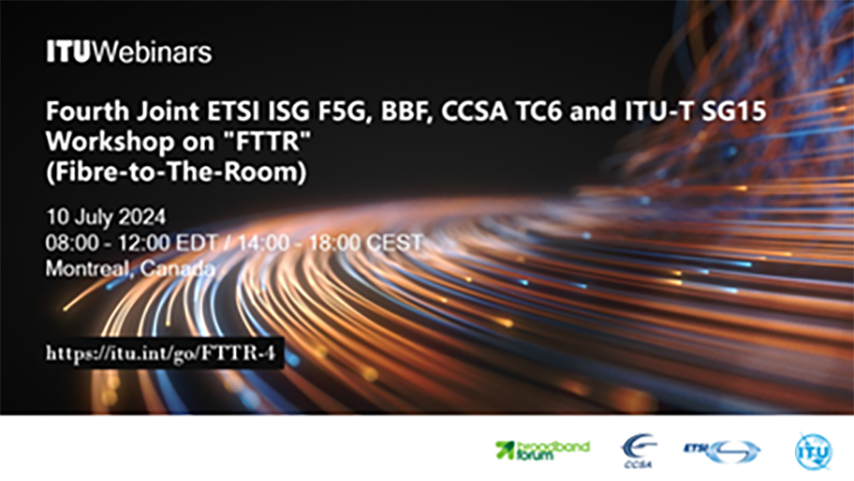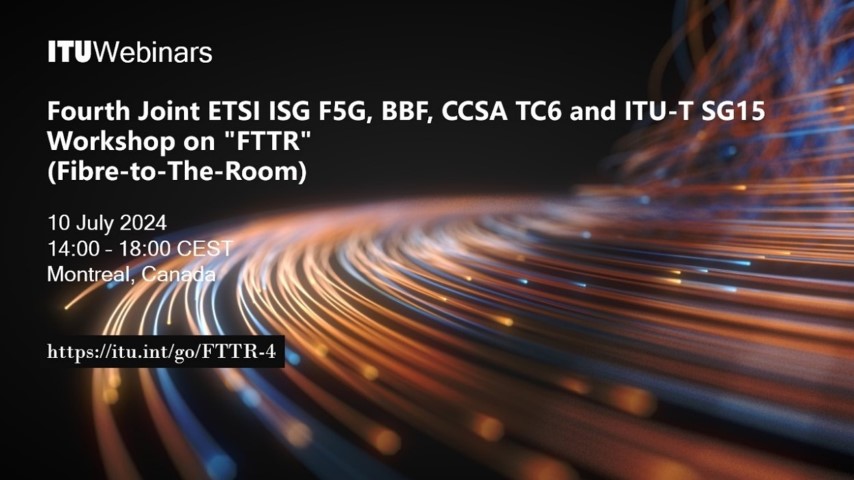ETSI ISG F5G plenary approves new release 5 work items on Green and Ultra-reliable F5G-Advanced
2025-12-15 Posted by Marcus Brunner, Vice-Chair of ETSI ISG F5G 162 HitsThanks to POST Luxembourg hosting the ETSI ISG F5G plenary meeting in Luxembourg City.














